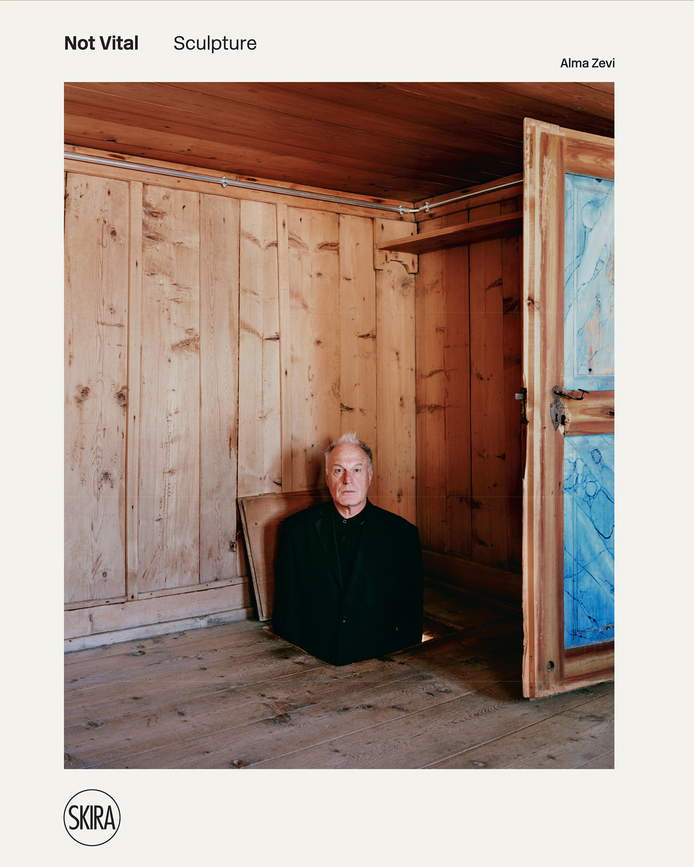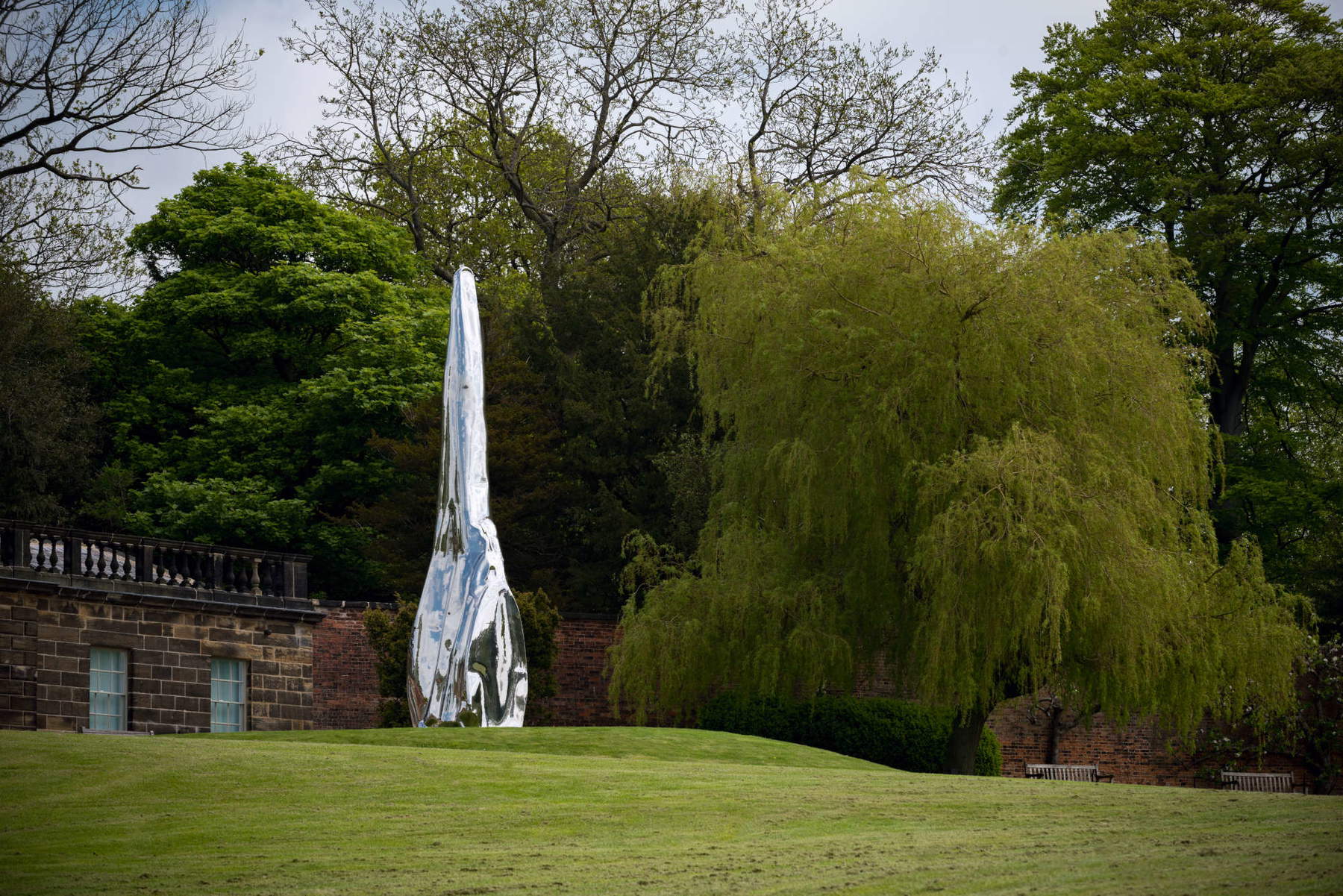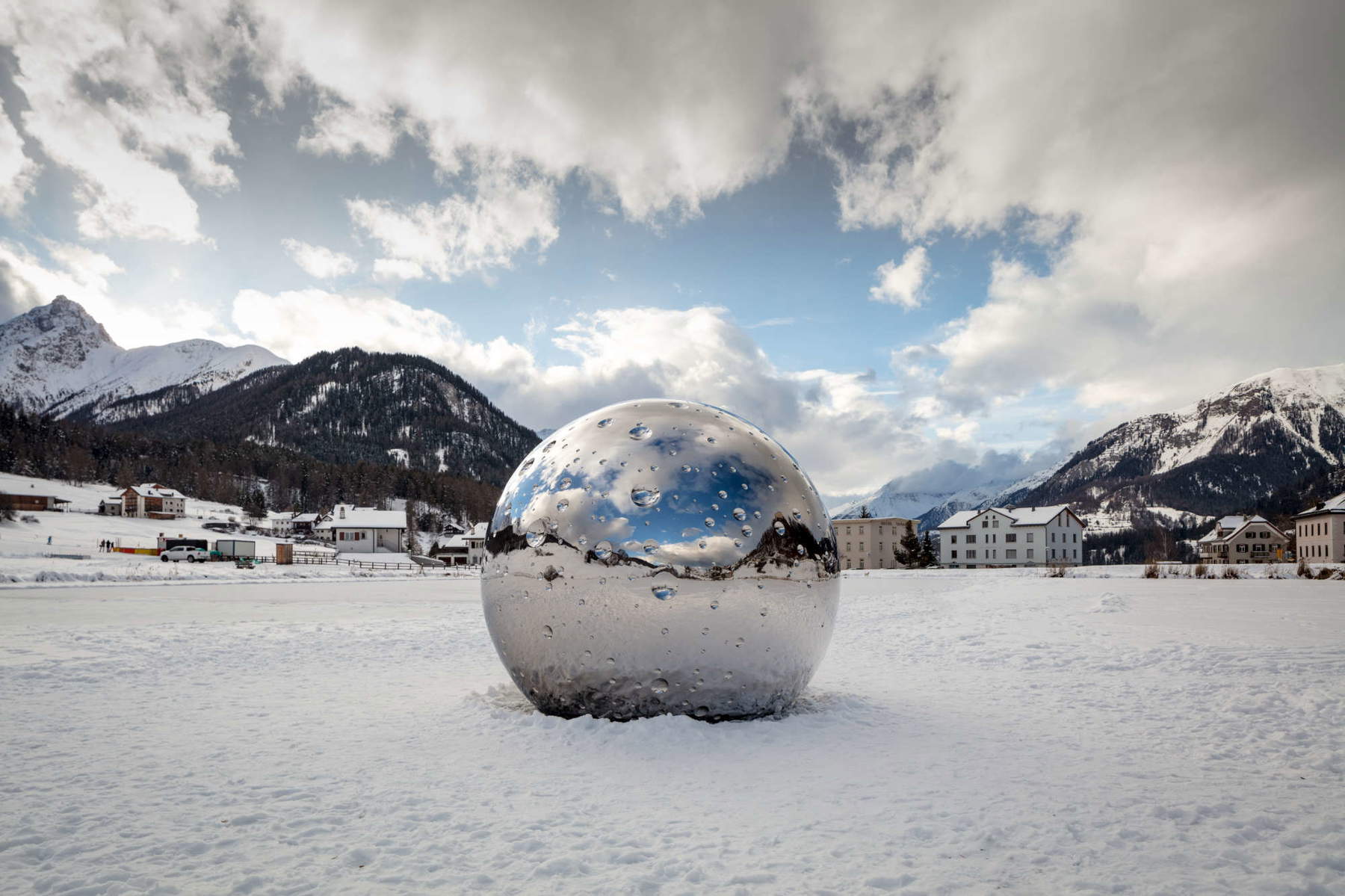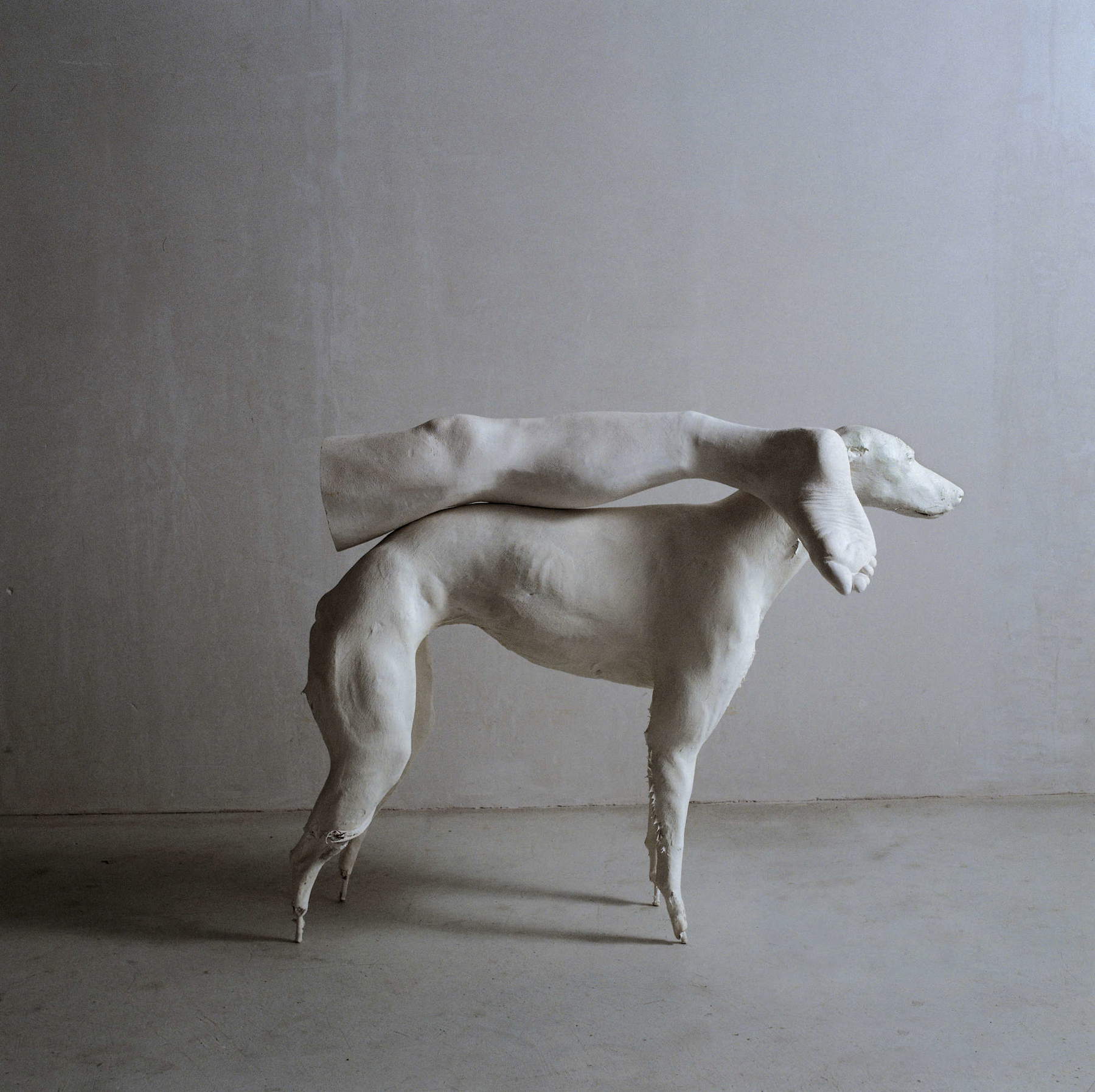Not Vital's sculpture: an unusual book for a contemporary artist
Alma Zevi counts on a solid training in art history at the Courtauld Institute in London, where, in a temple of the Renaissance, when choosing her thesis subject, she proposed a contemporary theme: the sculpture of Not Vital, a research therefore on a living artist and moreover in the full creativity of his sixties.
Vital was born in Sent, Switzerland, in 1948 and developed a creative path that also started from theoretical foundations: in 1968, in fact, he enrolled at the Centre Universitaire Experiméntal de Vincennes in Saint Denis whose pedagogical approach - in line with the struggles of the time - was based on the abolition of hierarchical relationships. From 1974 he settled in New York where he made works often inspired by nature and in particular by the animal world such as Pole Animal (1982) or unique pieces with strong autobiographical references such as, Greyhound Carrying My Broken Leg (1997). It was at this time that the meeting with Alma Zevi took place when, in 1998, still very young, she remembers setting foot in Vital’s studio. An open space where everything was a discovery and at the same time a reference to what she already knew, that is, to works she had seen in the family home but above all that brought her back to the Swiss mountains: that Engadine, a place of choice for both of them, where Vital often works and where he has installed monumental sculptures such as Moon (2004) or Camel (2018)
Vital is a complex artist who expresses himself in sculpture, painting, drawing, and architecture: lucidly a chapter in the volume is entitled, Painting as a Sculptor.





The book also highlights the nomadic aspect of Not Vital’s practice, who, by moving to distant countries-geographically and culturally-transforms her studio into a device for reflecting on the idea of architecture, not to mention habitable sculpture(House to Watch the Sunset, 2005).
Armed with her own tools, Alma Zevi has organized this book in ways that are unusual for the contemporary art world, approaching the work of a living artist in a “scholar” key, that is, with a scientific rigor that recounts Vital’s career based on facts, direct testimony, documents ... with minimal interpretive meddling. An attitude that is not to be read as an absence of a critical spirit but as a desire to make the volume a tool for understanding with respect to a production that is as varied and complex as ever. The author reveals the references-apparently distant and “cultured”-in Vital’s work, such as his passion for Ernst Ludwig Kirchner, Le Corbusier and, of course, Giovanni Segantini, who had found an unquenchable source of inspiration in the Engadine. Names to which the artist approached through the lesson of Max Huggler (1903-1994) who, both as a lecturer at the University (1946-73) and as director of the Kunsthalle in Bern, made Switzerland one of the nerve centers of the contemporary.
This monograph, for which it really makes sense to use the adjective “seminal,” specifically gives an account of Vital’s sculptural practice and architectural projects - often collimating - through the analysis of more than 450 sculptures read in relation to a number of related works, archival materials, drawings and, of course, the artist’s own words.
The volume - of large format - is also a beautiful object, paginated by Leonardo Sonnoli, which allows one to grasp even visually the close links between the work, its sources and its action in space.
Warning: the translation into English of the original Italian article was created using automatic tools. We undertake to review all articles, but we do not guarantee the total absence of inaccuracies in the translation due to the program. You can find the original by clicking on the ITA button. If you find any mistake,please contact us.



























